Cahokia Mounds
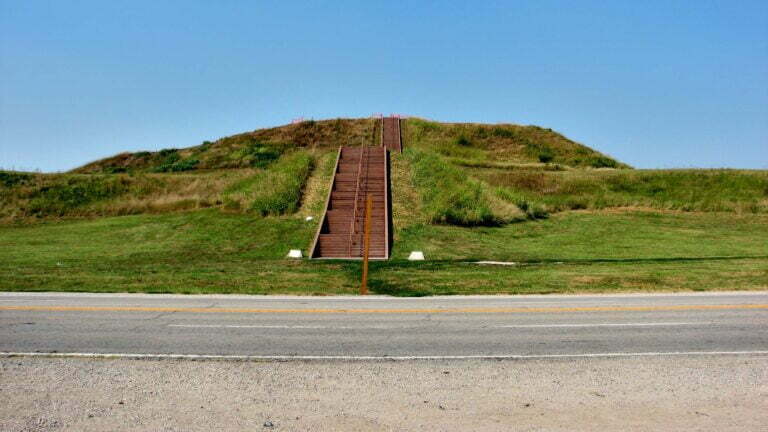
Cahokia mounds state historic site. Cahokia Illinois. Cahokia mounds museum. Cahokia mounds history, hours. Indian mounds Illinois. Cahokia map. Cahokia culture
Go to the hamburger menu. Tap Home » Landmarks » North American » US Landmarks » for better navigation. Alternatively, keep following posts or searching instead! USA tourist attractions. World heritage sites and famous landmarks, monuments, historical places of interest near me.

Cahokia mounds state historic site. Cahokia Illinois. Cahokia mounds museum. Cahokia mounds history, hours. Indian mounds Illinois. Cahokia map. Cahokia culture
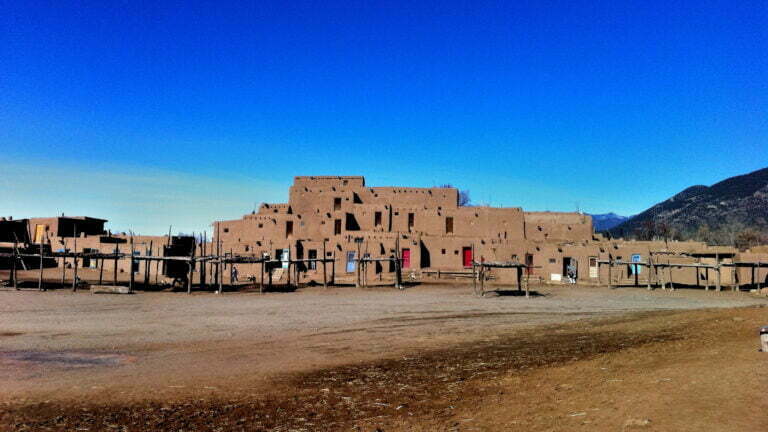
Taos Pueblo is an ancient and culturally significant Native American community located in northern New Mexico. Taos Pueblo, also known as Pueblo de Taos, is an ancient and continuously inhabited pueblo belonging to the Taos-speaking (Tiwa) Native American tribe. It is situated approximately 1 mile north of the modern city of Taos in New Mexico. This pueblo stands as one of the oldest continually occupied communities in the United States and is a member of the Eight Northern Pueblos. The pueblo encompasses tribal land covering 95,000 acres and is home to about 4,500 residents. Nestled against the backdrop of the Taos Mountains in the Sangre de Cristo Range, Taos Pueblo is uniquely positioned on both sides of the Rio Pueblo de Taos, also known as Rio Pueblo, and Red Willow Creek, a small stream that flows through the heart of the pueblo. The headwaters of this stream originate from the nearby Blue Lake, or Ba Whyea. Here’s an overview of Taos Pueblo:
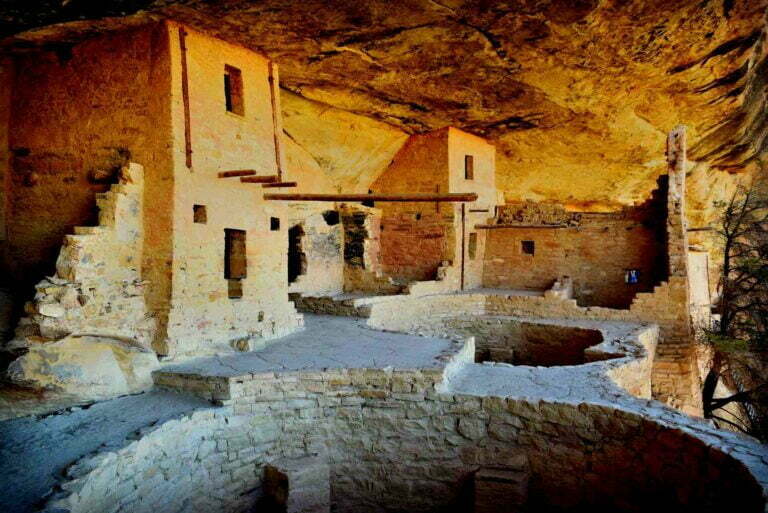
Mesa Verde national park history. Mesa verde Cliff dwellings. Its a section of the Colorado Plateau in the United States, spanning New Mexico, Colorado, and Utah.
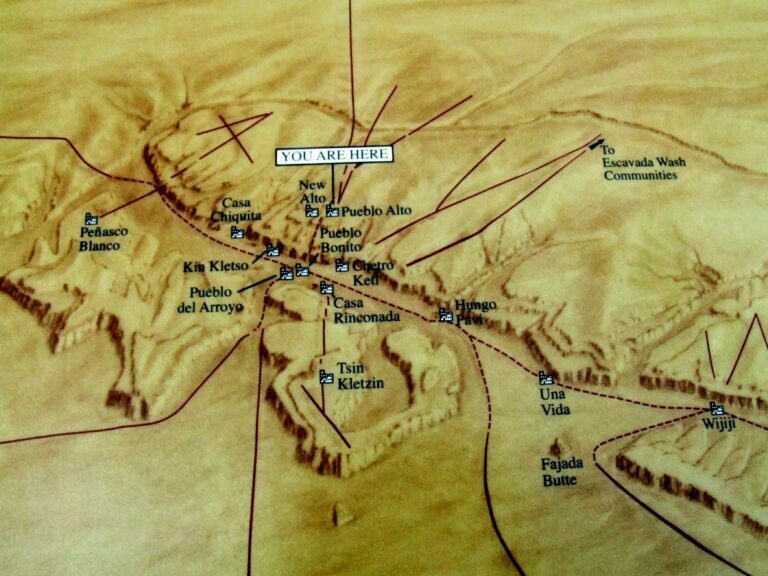
Chaco Culture National Historical Park, situated in the American Southwest, is a remarkable United States National Historical Park that features a concentration of ancient pueblos. Located in northwestern New Mexico, nestled between Albuquerque and Farmington, this park is set within a remote canyon carved by the Chaco Wash. It is renowned for preserving one of the most significant pre-Columbian cultural and historical regions in the United States. Between the years AD 900 and 1150, Chaco Canyon stood as a thriving cultural center for the Ancestral Puebloans. The Chacoans demonstrated their remarkable architectural skills by quarrying sandstone blocks and transporting timber from distant locations. They erected fifteen major complexes, which remained the largest buildings ever constructed in North America until the 19th century. Their architectural achievements are often associated with precise astronomical observations, as exemplified by the famous "Sun Dagger" petroglyph on Fajada Butte. Many Chacoan structures are believed to have been aligned to track the solar and lunar cycles, a feat that required generations of astronomical expertise and centuries of meticulously coordinated construction. Here's an overview of Chaco culture:
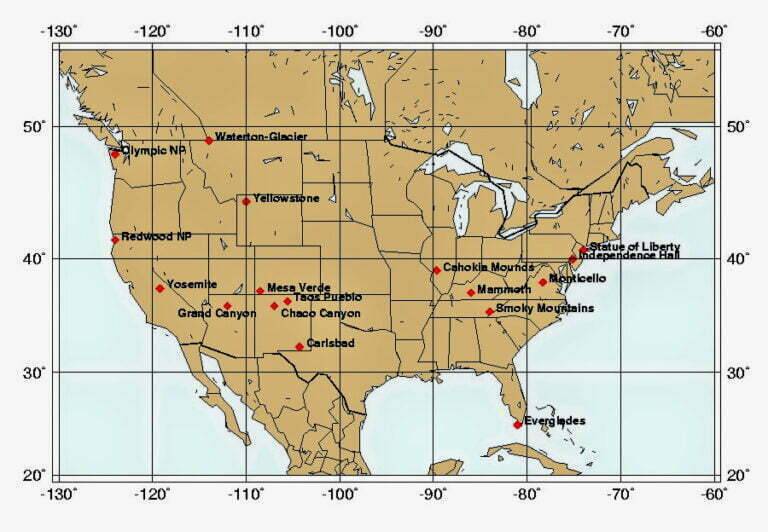
The United States boasts a total of 25 UNESCO World Heritage Sites, comprising eleven cultural, twelve natural, and one mixed site that spans its diverse landscapes. These sites, many of which are national parks, hold significant historical and cultural importance, shedding light on the rich tapestry of American society. In 1978, Mesa Verde National Park and Yellowstone National Park became the first U.S. locations to earn UNESCO World Heritage status. Since then, an additional 23 sites in 24 states, including two trans-boundary sites shared with Canada, have received this prestigious designation. Many travelers to the United States may not realize that they have visited UNESCO World Heritage Sites. Your memorable trips to places like Independence Hall in Philadelphia or the Statue of Liberty in New York were, in fact, visits to these esteemed sites. Below, we highlight all of these remarkable sites, with the full list available later in this article.